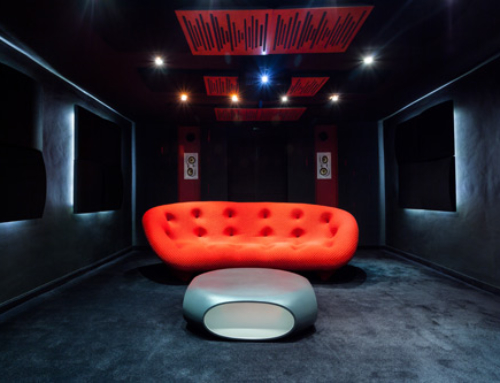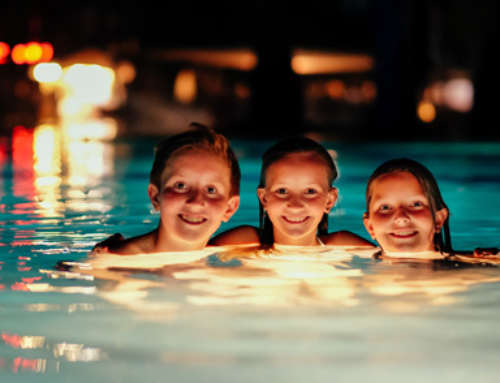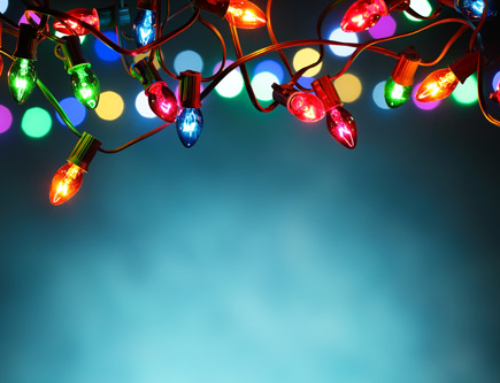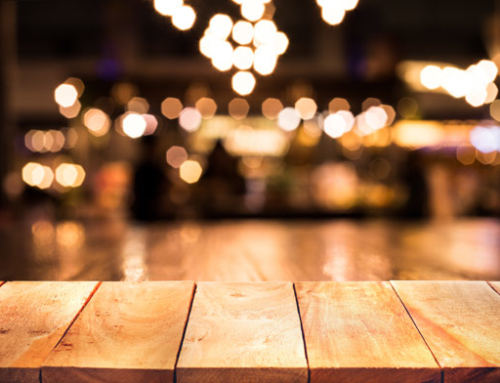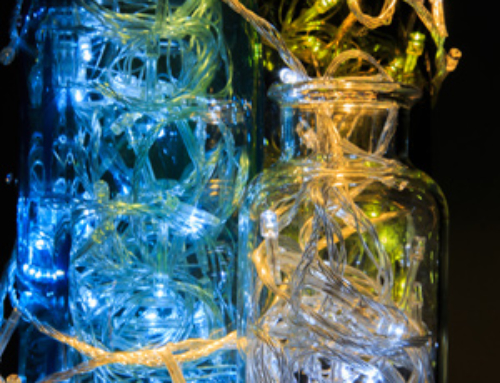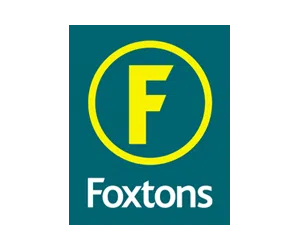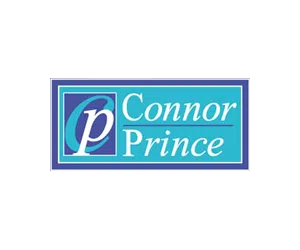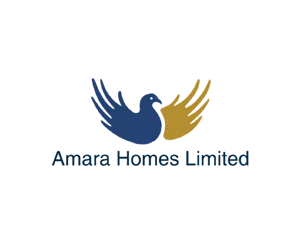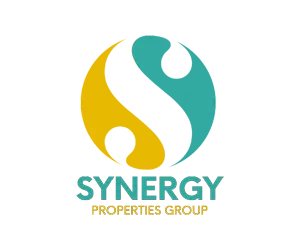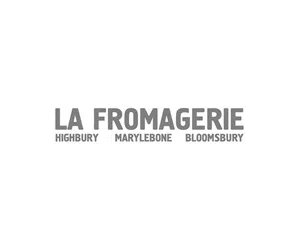Energy bills aren’t getting any cheaper, and most of us are always looking for ways to make savings and bring down the cost of our bills. With LED lighting, the cost savings can be remarkable.
If you want proof, look at this story about Northampton council. They slashed their energy bills by more than £18,000 per year by installing LED lights in a single multi-storey car park. In fact, the effect was so dramatic, their energy company thought there was a fault with their equipment.
LED saves you money in a number of ways. Let’s look at them in more detail.
 LED Uses Less Energy
LED Uses Less Energy
LED lights are sometimes more expensive initially, but that outlay is quickly recouped via drastically lower power consumption. LED lights use up to 90 per cent less energy than traditional bulbs.
For some years, LEDs were only ever spotted in consumer electronics or occasional lights. But rising energy prices as fuelled an interest in LEDs as a source of light around the home, and users are now benefitting from considerable savings.
LED Bulbs Last Longer
Before LED bulbs, a light bulb’s lifespan was very variable. An ordinary bulb would normally need to be replaced after 1,500 hours; many would never last that long. Low energy bulbs last around 10-20 times longer.
In contrast, an LED bulb is generally expected to last for up to 50,000 hours before it needs to be replaced.
Note that LED bulbs don’t ‘pop’ or suddenly burn out like old-fashioned bulbs. Over time, they simply burn less brightly. The point at which you replace the bulb will vary depending on a variety of factors, from the location of the light to your own personal preference.
Other LED Bulb Advantages
Many consumers are switching to LED to save money, but that’s not the only benefit. LED lights also allow you to experiment with a wide range of creative lighting effects.
If you’ve replaced your Christmas tree lights over the last few years, you’ve probably noticed that there is a wide range of decorative LED styles to choose from. But LEDs aren’t just for the festive season.
- LED bulbs are sometimes mounted on flexible strips that can be adhered to different surfaces, such as underneath cupboards in the kitchen.
- Some strips can be used underwater, allowing LEDs to be used to light aquariums or water features.
- LEDs arranged in nets can be draped indoors or outdoors to create a beautiful backdrop.
- Halogen bulbs can be replaced with bulbs packed with LEDs.
- Dimmable LED bulbs give you more control over your domestic lighting.
- LEDs can be used outdoors. For example, decking can be illuminated with LEDs at night for a stunning effect and improved safety.
- As LEDs use so little energy, they are available in solar powered versions in a variety of colours and configurations.
Many customers opt for LEDs because they don’t have any warm-up time, unlike compact fluorescent bulbs. That makes them more practical for rooms where you need an immediate bright light source. The colour of light emitted is different, but with the help of a LED specialist, you can use LED bulbs to achieve exactly the effects you want.

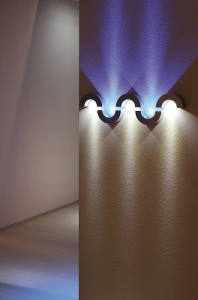 LED Uses Less Energy
LED Uses Less Energy